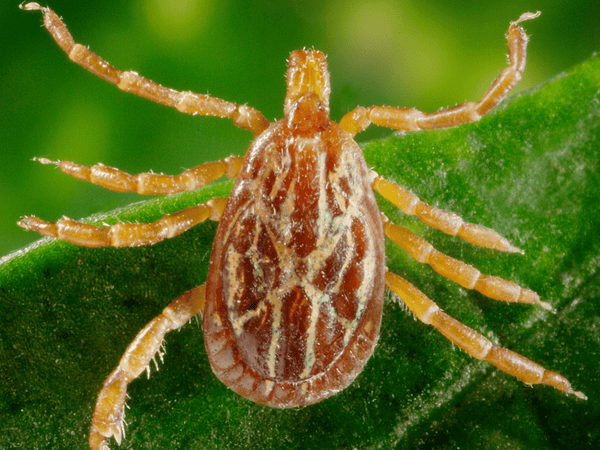Gulf Coast Tick

Name of Tick: Gulf Coast tick
Danger Level: High
Nicknames: Northeastern water tick, Turkey tick
Scientific Name of Tick: Amblyomma maculatum
Habitat: Entire mainland United States with highest population density in the southeast, the Caribbean
Specific Habitat: The primary habitat for the Gulf Coast tick is grassland prairies and coastal uplands. The Gulf Coast tick can be found near coastlands or in dense forests, at the edges of woodlands or on trails, they have a diverse habitat.
Tick Facts and Information: The Gulf Coast tick has three life stages, larvae, nymph, and adult. Aggressiveness of this tick by season varies with geographical location. In some portions of the United States the Gulf Coast tick may hunt primarily in the spring, in other places they bite most often in the fall or winter. A single female adult Gulf Coast tick can lay up to 10,000 eggs, or more. Adult male Gulf Coast ticks can live more than a year without a blood meal. The Gulf Coast tick hunts by questing. A bite from the Gulf Coast tick can cause debilitating disease and result in death.
Tick Color and Appearance: Males are dark brown with silvery white lines and ornamentation, females have a dark brown body juxtaposed against a silvery white plate on their back.
Size and Number of Legs: The average adult Gulf Coast tick is 1/8 of an inch, size will vary greatly during the tick’s life cycle. Larvae have 6 legs, nymphs and adults have 8 legs.
Diseases Transmitted: American tick bite fever, Spotted Fever rickettsiosis, Rocky Mountain spotted fever
Control Solution: Tick Proof Repellent
Full Scientific Classification: Kingdom: Animalia, Phylum: Arthropoda, Class: Arachnida, Order: Ixodida, Family: Ixodidae, Genus: Amblyomma, Species: A. maculatum
